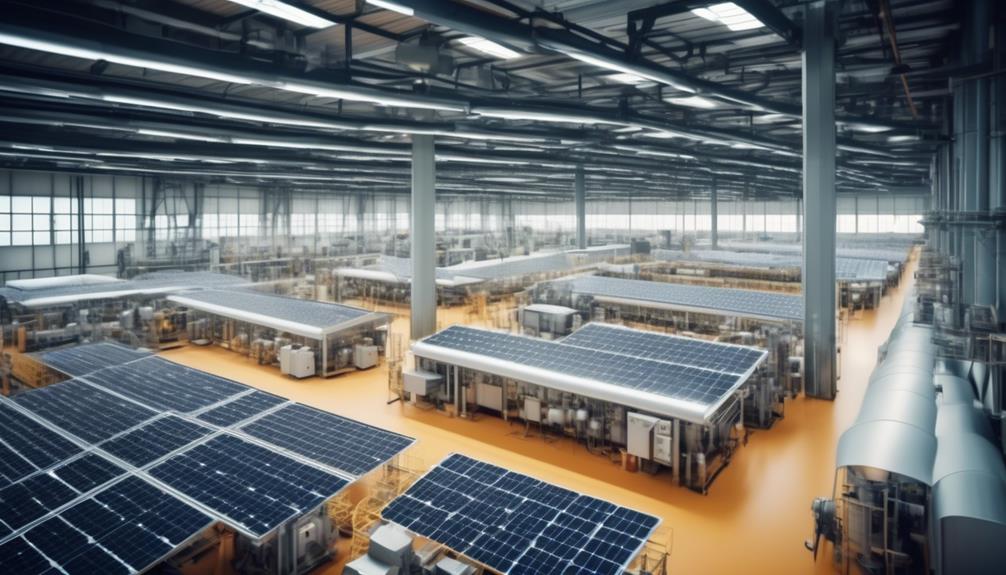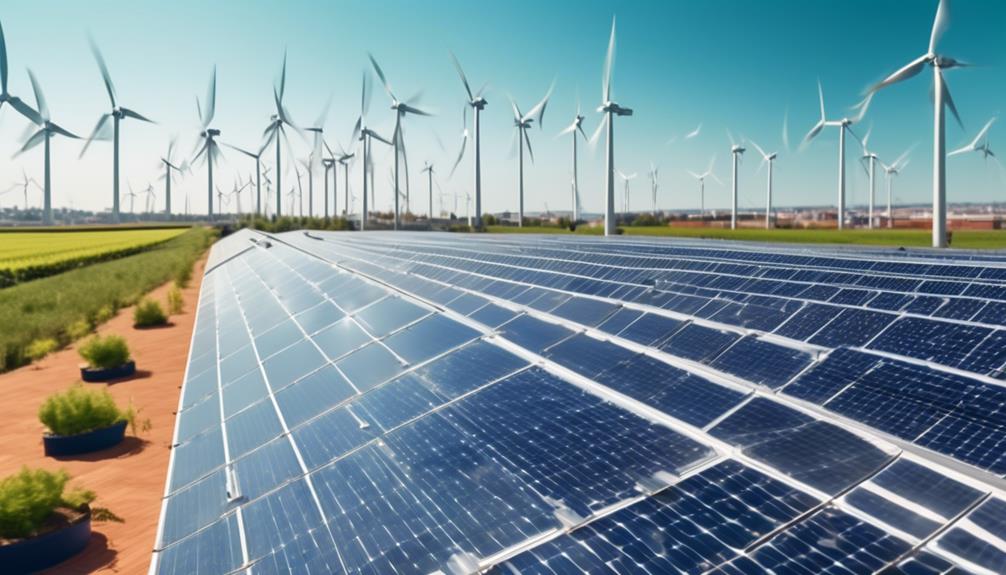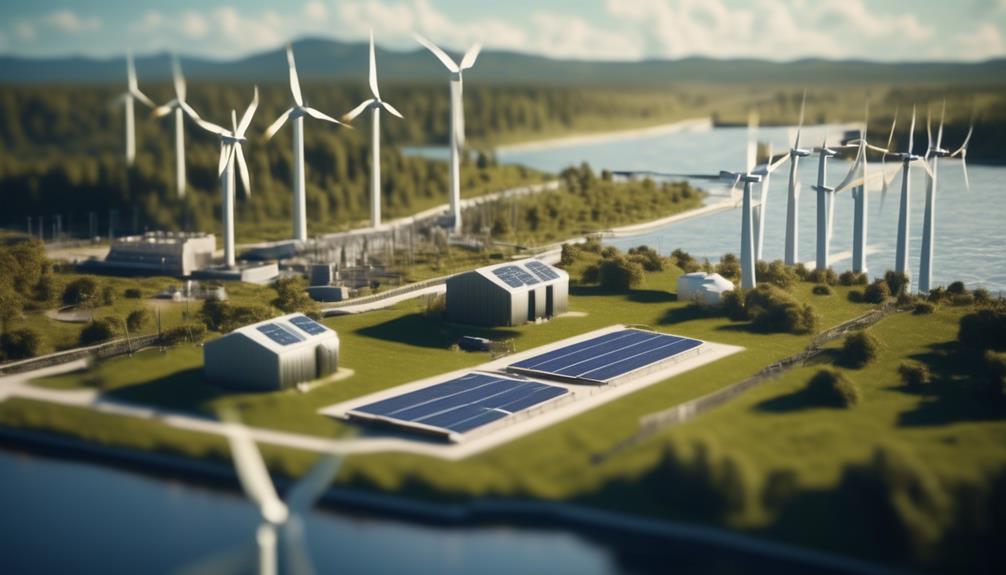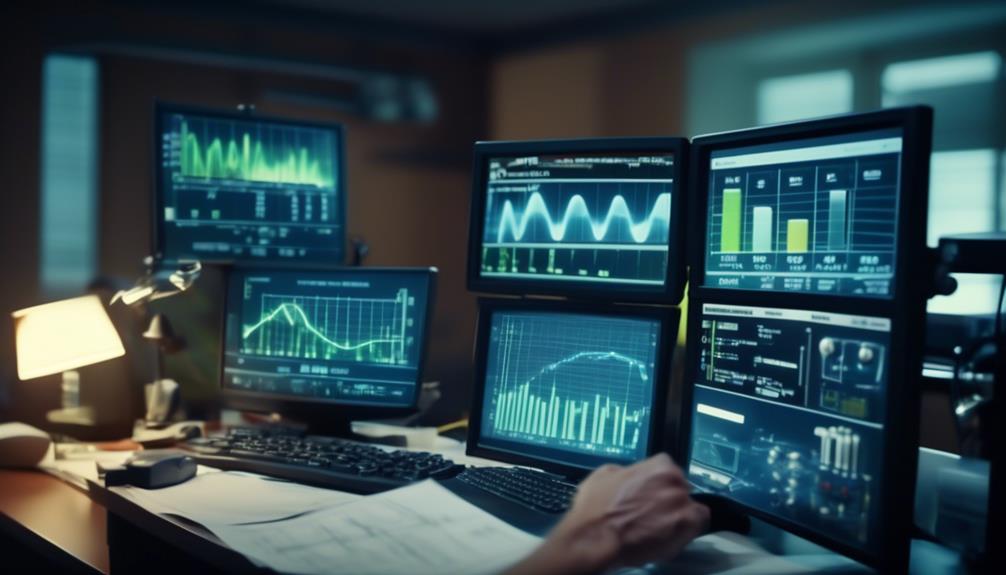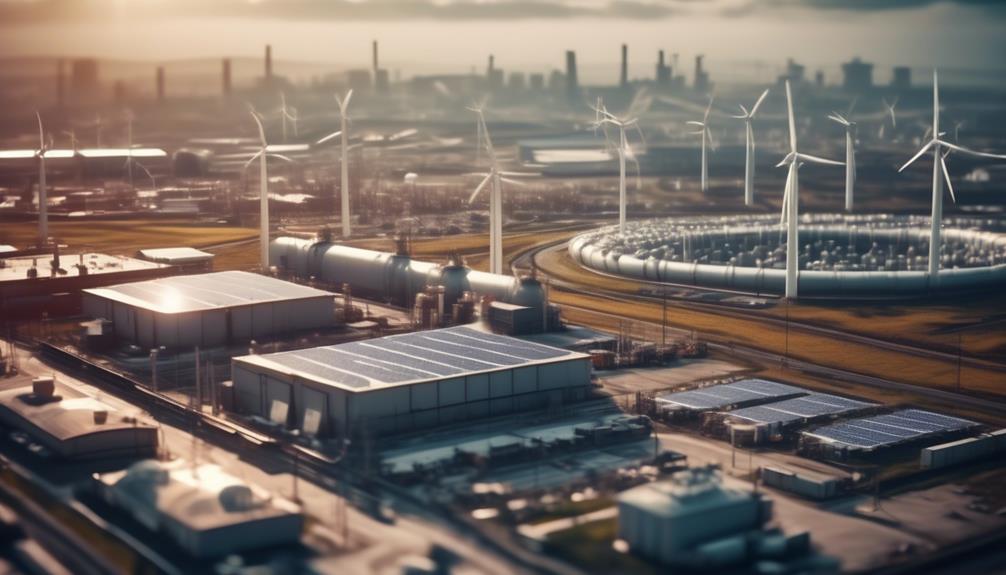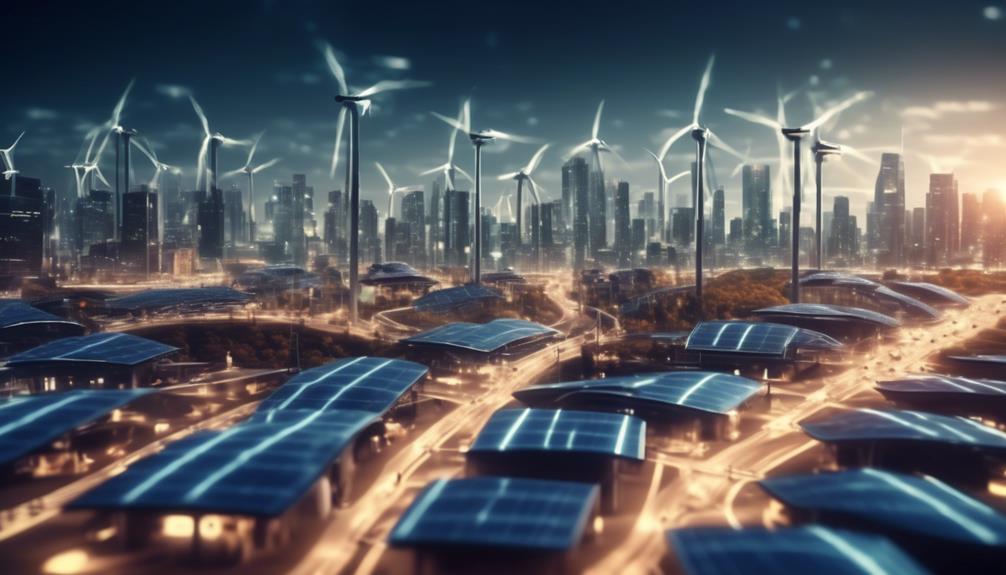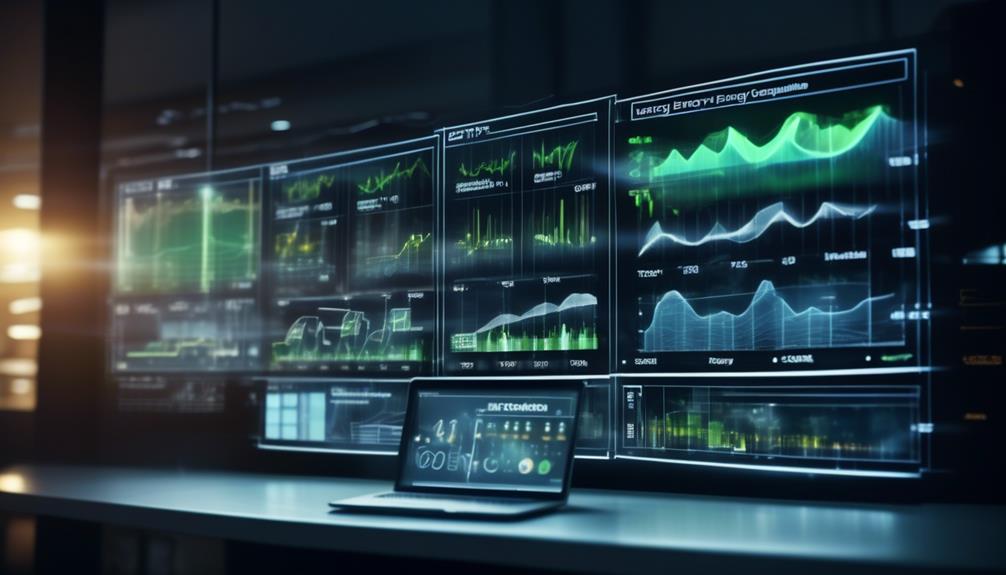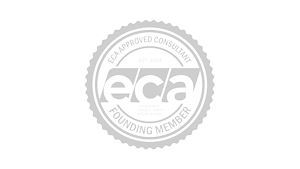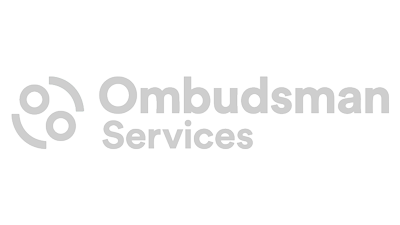In the fast-paced world of modern business, the quest for energy efficiency stands as a beacon of both challenge and opportunity for large enterprises. With escalating energy costs and the pressing need for environmental stewardship, you’re likely seeking ways to not only reduce expenditure but also to enhance your company’s sustainability profile.
The labyrinth of interconnected systems and processes within your organisation presents a formidable barrier, yet the rewards of navigating this maze are substantial, promising significant cost reductions and a bolstered corporate image.
Drawing upon years of experience in optimising energy consumption for businesses of all sizes, this guide demystifies the complexity of achieving energy efficiency at scale. Tailored specifically for the needs of large enterprises, it combines practical insights with real-world case studies, offering a comprehensive blueprint for action.
As we delve into actionable strategies and the wisdom gleaned from successful case studies, you’ll find the tools and understanding necessary to embark on this vital journey. Let this be your first step towards not only meeting but exceeding your energy efficiency goals, confident in the knowledge that your concerns and questions will be thoroughly addressed.
Continue reading to unlock the full potential of your enterprise’s energy strategy.
Identifying Energy Consumption Patterns
In the pursuit of maximising energy efficiency, the first step is to rigorously analyse utility bills and historical data to discern and understand the patterns of energy consumption within large enterprises. This process involves identifying areas of high energy consumption through the analysis of energy consumption data.
By monitoring energy consumption, organisations can pinpoint areas where energy management strategies can be implemented to optimise energy usage and reduce energy waste. Sub metering specific areas or equipment can provide detailed insights into energy usage, enabling the implementation of targeted energy management systems.
Real-time monitoring systems play a crucial role in this phase, as they help in identifying anomalies and deviations in energy usage, allowing for immediate corrective actions. Engaging employees in energy conservation efforts can also lead to the identification of areas for improvement.
Moreover, conducting energy audits is essential to comprehensively identify areas of energy waste and find solutions, ultimately resulting in significant energy savings for large enterprises.
Implementing Energy Management Systems
After identifying areas of high energy consumption and understanding the patterns through rigorous analysis, the next crucial step in maximising energy efficiency in large enterprises is the implementation of energy management systems.
Energy Management Systems (EMS) are essential for commercial businesses seeking to reduce energy use and optimise performance. These systems enable the monitoring and control of energy-consuming equipment and processes, allowing for the identification of significant areas for improvement.
By installing an EMS, businesses can actively manage and reduce energy waste, leading to substantial cost savings and environmental benefits. Additionally, EMS can facilitate power factor correction, improving efficiency and lowering electricity bills.
Proper insulation, another aspect of energy management, reduces heating and cooling needs, contributing to overall energy savings. Moreover, conducting regular energy audits and implementing recycling and upcycling programs are integral parts of energy management systems, ensuring continuous improvement in energy efficiency.
In essence, the implementation of energy management systems is a strategic approach for large enterprises to exert control over their energy consumption and drive sustainable business practices.
Conducting Energy Audits for Efficiency
Conducting energy audits is a critical step in identifying areas of energy waste and determining actionable recommendations for maximising energy efficiency in large enterprises.
When conducting energy audits for efficiency, it is essential to:
- Identify Potential Areas: Conduct a comprehensive energy audit to analyse energy consumption patterns and track energy usage across different areas of the enterprise.
- Sub-metering: Implement sub-metering to provide a detailed breakdown of energy consumption by specific areas or equipment within the building, enabling a focused approach to optimising energy consumption.
Utilising Advanced Lighting and HVAC Systems
Maximising energy efficiency in large enterprises requires not only conducting energy audits but also implementing advanced lighting and HVAC systems to optimise energy consumption and reduce waste. LED lighting presents a compelling energy-efficient solution, offering a longer lifespan and lower power consumption compared to traditional lighting. Smart lighting systems further enhance efficiency by utilising motion sensors, timers, and dimmers to control lighting based on occupancy and time of day. Upgrading to high-efficiency HVAC systems with high SEER ratings is essential for improving heating and cooling efficiency, reducing energy costs, and maximising energy efficiency. Additionally, integrating energy management systems (EMS) can provide a comprehensive approach to monitor electrical system performance and optimise energy usage, enabling precise control over energy practices. Employing energy-efficient appliances with ENERGY STAR ratings further contributes to reducing energy consumption. The table below provides a summary of the key elements in utilising advanced lighting and HVAC systems for enhancing energy efficiency.
| Key Elements | Benefits |
|---|---|
| LED Lighting | Longer lifespan, Lower power consumption |
| Smart Lighting Systems | Efficient control based on occupancy and time |
| High-efficiency HVAC Systems | Improved heating and cooling efficiency |
| Energy Management Systems | Optimise energy usage, Monitor system performance |
Monitoring and Analysing Energy Usage Data
To optimise energy efficiency in large enterprises, it is crucial to implement real-time monitoring systems for identifying anomalies and deviations in energy usage data. This allows for prompt intervention and correction, reducing energy wastage and operational costs.
In addition, advanced analytics tools can be utilised to analyse energy usage patterns and identify areas for improvement. By leveraging these tools, large enterprises can gain valuable insights into their energy consumption and make data-driven decisions to enhance efficiency.
Implementing real-time monitoring systems is a key step in this process. Deploying advanced monitoring systems enables the identification of deviations and anomalies in energy consumption in real-time, allowing for immediate corrective action.
Real-time monitoring provides the ability to track energy usage patterns and detect inefficiencies promptly, contributing to reduced energy consumption and costs.
Establishing Energy Efficiency Goals and Strategies
In the pursuit of optimising energy efficiency in large enterprises through the real-time monitoring and analysis of energy usage data, it is imperative to establish clear and measurable energy efficiency goals aligned with the organisation’s overall objectives. This involves developing a comprehensive strategy that includes technology upgrades, employee training, and efficient energy management systems. To provide a clear overview, a table is provided below, outlining the key steps in establishing energy efficiency goals and strategies.
| Steps | Description |
|---|---|
| Set clear and measurable goals | Define specific targets for energy reduction and align them with organisational objectives. |
| Develop a comprehensive strategy | Include technology upgrades, employee training, and efficient energy management systems. |
| Allocate resources and establish timelines | Provide the necessary resources and set clear timelines for implementing energy efficiency initiatives. |
| Regularly monitor and evaluate progress | Continuously track and assess progress towards energy efficiency goals to ensure effectiveness. |

